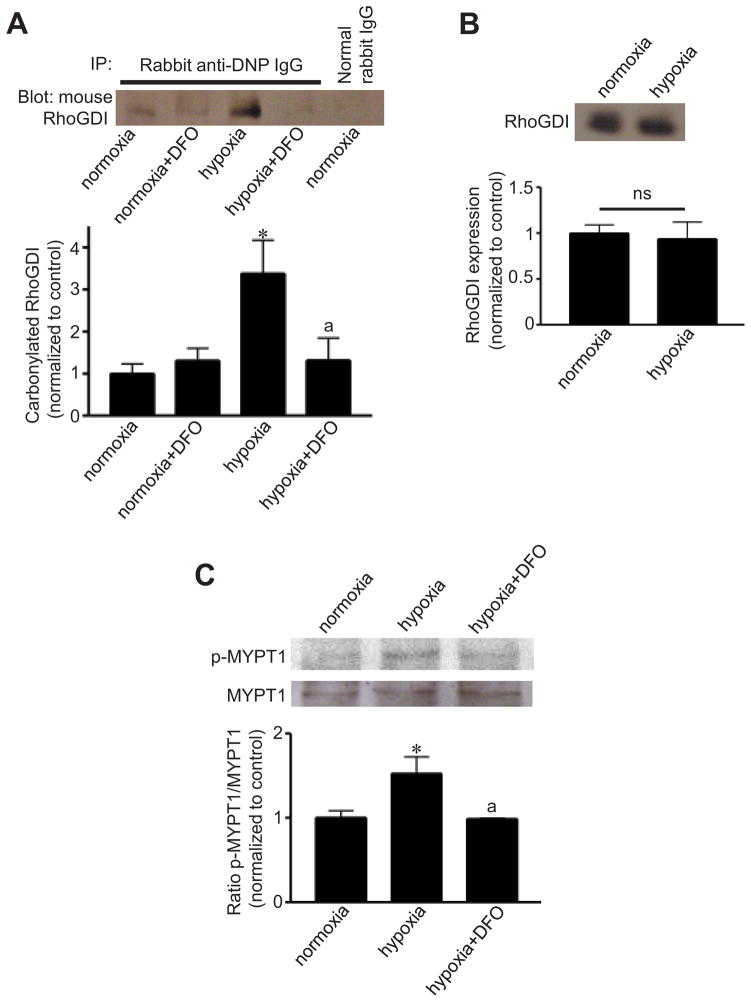Fig. 5. Chronic hypoxia promotes RhoGDI-α carbonylation and activates RhoA signaling in an iron-dependent fashion in the pulmonary arteries of intact rats.
(A) Rats were intraperitoneally injected with saline or 20 mg/kg body weight of deferoxamine (DFO) and were then subjected to chronic hypoxia (10% O2) for 1 day. Isolated pulmonary arteries were homogenized. Proteins were derivatized with DNPH and subjected to immunoprecipitation with anti-DNP IgG and to Western blotting with anti-RhoGDI-α IgG in order to monitor carbonylated RhoGDI-α. (B) Western blotting to monitor total RhoGDI-α expression. (C) Rats were injected with saline or DFO and were then subjected to chronic hypoxia for 4 days. Western blotting was performed on pulmonary arterial homogenates to show phosphorylation of MYPT1 at Serine 507 (p-MYPT1) and total MYPT1 expression. Bar graphs represent means ± SEM (n = 3 – 4). *, P<0.05 vs. normoxia; a, P<0.05 vs. hypoxia. ns: not significantly different from each other.

